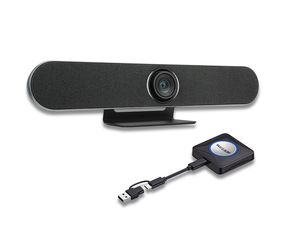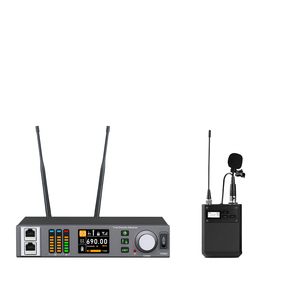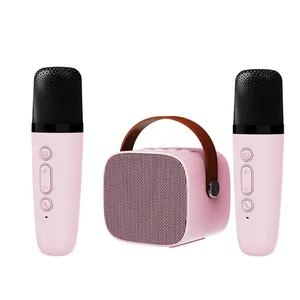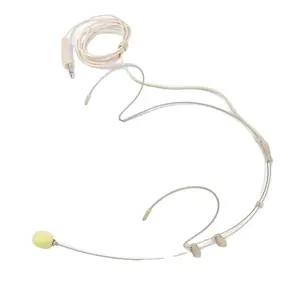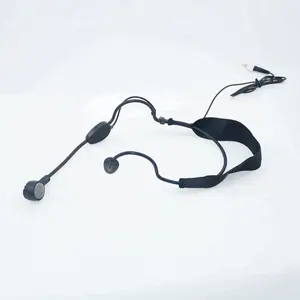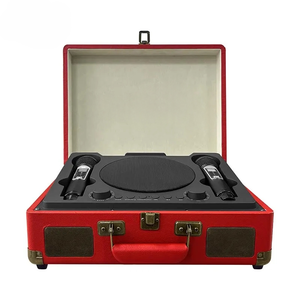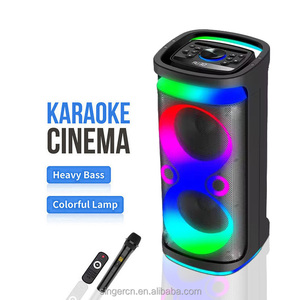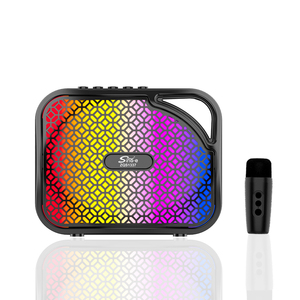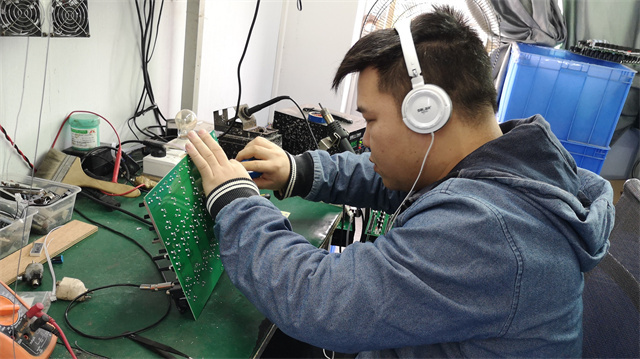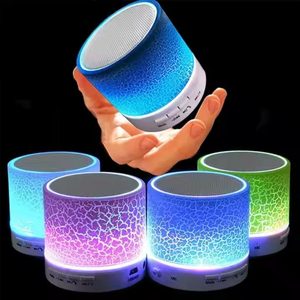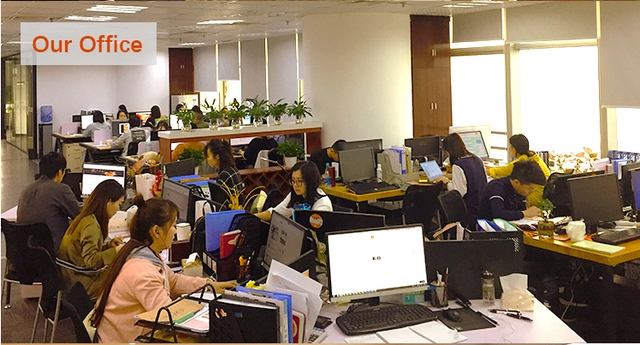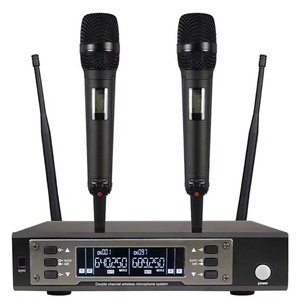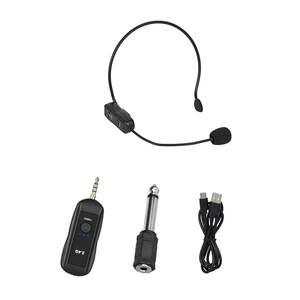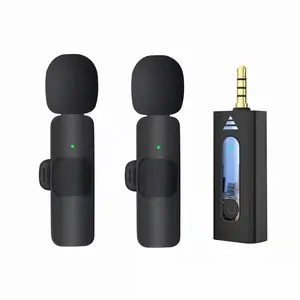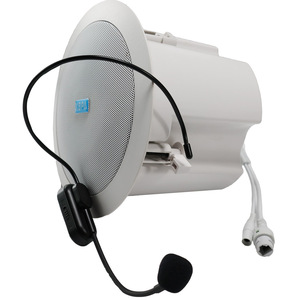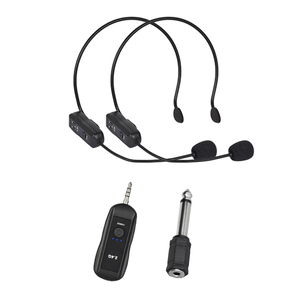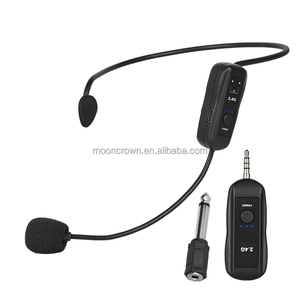Wireless Microphone For Speaker



 1/3
1/3



 1/14
1/14





 1/11
1/11



 0
0



 1/3
1/3



 0
0




 1/3
1/3



 1/3
1/3



 1/3
1/3









 0
0





 1/16
1/16

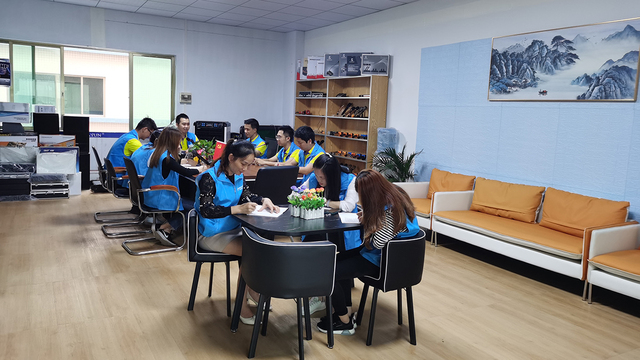

 1/3
1/3


 0
0






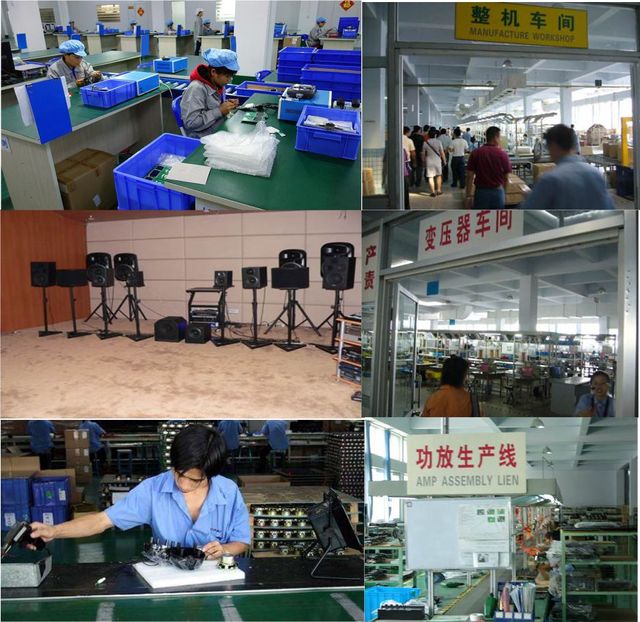

 1/3
1/3



 1/3
1/3
About wireless microphone for speaker
Where to Find Wireless Microphone for Speaker Suppliers?
China leads global production of wireless microphone systems integrated with speaker functionality, with key manufacturing clusters concentrated in Guangdong Province—particularly Shenzhen and Enping. These regions host vertically integrated supply chains specializing in audio electronics, enabling rapid prototyping and high-volume output. Shenzhen’s ecosystem excels in compact digital audio devices, leveraging proximity to semiconductor suppliers and advanced SMT assembly lines. Enping, known as China’s “Capital of Audio,” focuses on professional-grade microphones and PA systems, supported by over 1,200 local audio component manufacturers.
The industrial clusters facilitate economies of scale, with average unit costs reduced by 25–40% compared to non-specialized regions. Integrated logistics networks enable shipment within 72 hours of order confirmation, while localized access to PCBs, RF modules, lithium batteries, and injection-molded casings ensures stable lead times of 15–30 days for standard orders. Buyers benefit from flexible production runs, ranging from prototype batches under 50 units to monthly outputs exceeding 100,000 pieces per factory.
How to Choose Wireless Microphone for Speaker Suppliers?
Effective supplier selection requires structured evaluation across three core dimensions:
Technical & Functional Compliance
Verify adherence to international standards including CE, RoHS, and FCC for electromagnetic compatibility. For UHF systems, confirm frequency stability within 863–865 MHz (EU) or 902–928 MHz (US) bands. Evaluate signal-to-noise ratio (>105 dB), transmission range (tested up to 100m indoors), and battery life (minimum 4–6 hours at full output). Demand test reports for drop resistance, temperature tolerance (-10°C to +50°C), and harmonic distortion levels.
Production Capability Verification
Assess operational scale through objective metrics:
- Minimum 2,000m² facility area with dedicated SMT and aging-test zones
- In-house capabilities covering circuit design, firmware programming, and acoustic tuning
- Monthly production capacity exceeding 50,000 units for mainstream models
Cross-reference declared output with online revenue data and reorder rates to validate consistency.
Customization & Transaction Security
Prioritize suppliers offering OEM/ODM services with documented workflows for logo imprinting, color variation, packaging redesign, and language-specific labeling. Confirm support for dual-channel, headset-lavalier hybrid configurations, and Bluetooth 5.0+ integration. Use secure payment structures such as escrow or milestone-based disbursements. Require sample validation before bulk production, particularly for RF performance and audio clarity under real-world conditions.
What Are the Best Wireless Microphone for Speaker Suppliers?
| Company Name | Main Products (Listings) | Online Revenue | On-Time Delivery | Response Time | Reorder Rate | Min. Order Quantity | Price Range (USD) | Customization Options |
|---|---|---|---|---|---|---|---|---|
| Enping Good Brother Audio Co., Ltd. | Microphones (304); Audio Processors; Lighting | $70,000+ | 94% | ≤3h | 20% | 1 set | $65–$320 | Limited |
| Shenzhen Topsway Technology Co., Ltd. | Karaoke Speakers; Mini Audio Devices | $200,000+ | 98% | ≤4h | <15% | 4–10 pcs | $1.15–$4.24 | Color, material, size, logo, packaging |
| Shenzhen Yaika Electronic Co., Ltd. | Wireless Mics; Lavalier Systems; Sound Cards | $250,000+ | 94% | ≤3h | <15% | 2–10 pcs | $2.50–$74 | Adapter, mic type, color, logo, packaging |
| Shenzhen Qingpure Technology Co., Ltd. | Karaoke Machines; LED-Integrated Speakers | $130,000+ | 98% | ≤3h | <15% | 3–5 pcs | $2.25–$7.80 | Color, size, logo, packaging |
| Shenzhen Xiexunda Technology Co., Ltd. | Microphones (364); Headsets; Portable Speakers | $10,000+ | 100% | ≤2h | <15% | 2–100 pcs | $2.59–$19.90 | Logo, packaging, configuration |
Performance Analysis
Enping Good Brother stands out for higher-end professional systems, with prices reflecting UHF technology and extended transmission ranges (up to 300m). In contrast, Shenzhen-based suppliers like Topsway and Yaika offer ultra-competitive pricing for consumer-grade karaoke and portable speakers, ideal for retail and promotional use. Shenzhen Xiexunda demonstrates perfect on-time delivery and sub-2-hour response times, indicating strong operational discipline despite lower reported revenue. All five suppliers maintain MOQs below 10 units, facilitating low-risk sampling. Customization depth varies: Topsway and Yaika provide comprehensive options including sound card integration and dual-mic configurations, whereas Good Brother focuses on standardized professional equipment.
FAQs
How to verify wireless microphone supplier reliability?
Cross-check compliance claims with available certifications. Request product test videos demonstrating RF stability, battery endurance, and audio clarity. Analyze transaction history, focusing on consistent on-time delivery (>95%) and response efficiency. Conduct virtual audits to confirm in-house production capabilities.
What is the typical sampling timeline?
Standard samples ship within 5–7 days after payment. Custom designs require 10–15 days for tooling and initial builds. Air freight adds 3–6 days for international delivery. Expect partial sample fees refundable against future orders.
Do suppliers support global shipping?
Yes, all listed suppliers export internationally. Confirm Incoterms (FOB Shenzhen preferred), customs documentation, and voltage/frequency compatibility. Most partner with express carriers (DHL, FedEx) and sea freight forwarders for cost-effective bulk shipments.
Are customization costs included in quoted prices?
OEM services such as logo printing and color changes are typically free for orders above 500 units. Tooling for custom molds or PCB revisions may incur one-time charges. Clarify these terms during quotation negotiation.
How to assess audio quality before ordering?
Request audio samples recorded directly from the device. Evaluate frequency response (target: 80 Hz – 18 kHz), presence of interference, and latency during live playback. For professional use, prioritize suppliers providing technical datasheets with THD and sensitivity metrics.


